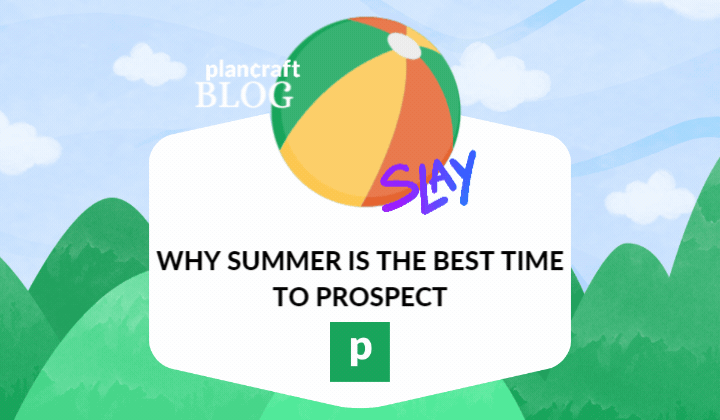(Don't forget to unmute!)
In the realm of financial advising, the art of prospecting is pivotal to building and maintaining a successful practice. While modern technology offers myriad tools designed to streamline the prospecting process, the true essence of effective client acquisition and retention remains deeply rooted in personal, human-to-human interactions. This comprehensive guide explores the integral aspects of prospecting like a winner, focusing on strategies that blend traditional techniques with modern innovations.
Understanding the Role of Technology in Prospecting
The digital age has transformed the landscape of financial advising, introducing tools such as AI, CRM systems, and automated email platforms that promise efficiency and a broader reach. However, these tools, while useful, are not panaceas. Successful prospecting is not about replacing traditional methods with technology but about integrating new tools to enhance personal interactions. Emails, social media, and digital marketing can generate leads, but converting these leads into loyal clients requires a personal touch—something technology cannot fully replicate.
The Power of Human Connection
At the heart of prospecting is the ability to connect with people on a personal level. Regardless of the medium, the goal is to establish trust and rapport, which are best developed through direct conversations. Whether it's a phone call, a face-to-face meeting, or a personalized video message, these interactions form the foundation of a lasting client relationship. Financial advisors need to leverage their interpersonal skills to understand client needs, empathize with their concerns, and tailor their advice to suit individual financial goals.
Debunking the Myth of Perfect Timing
A common misconception among financial advisors is that there is a 'perfect time' to reach out to potential clients. This notion can lead to procrastination and missed opportunities. The truth is, effective prospecting requires consistent effort regardless of the time or day. Instead of waiting for the perfect moment, advisors should focus on maintaining a steady flow of communication with prospects. Regular updates, educational content, and timely follow-ups can keep you top of mind and demonstrate your commitment to their financial well-being.
Prospecting Strategies That Work
- Educational Workshops and Seminars: Hosting informative events, either virtually or in person, can attract prospects looking for guidance on specific financial topics. These platforms offer an opportunity to showcase expertise and interact with a group of potential clients simultaneously.
- Referral Programs: Leveraging existing clients through a structured referral program can exponentially increase your prospect base. Satisfied clients are often willing to refer friends and family if they believe they will benefit from similar positive experiences.
- Networking: Regular participation in community events, professional associations, and industry conferences can expand your professional network and open up new channels for prospecting.
- Content Marketing: Producing high-quality, relevant content on your blog, social media, or newsletter can help establish your authority in the field and attract clients who are seeking your expertise.
Integrating Technology Wisely
While technology should not replace traditional prospecting methods, it can enhance your efforts. CRM systems can help manage client data and track interactions, ensuring no lead is neglected. Social media platforms can amplify your reach, allowing you to connect with potential clients globally. Meanwhile, analytics tools can provide insights into the effectiveness of your strategies, helping you fine-tune your approach based on concrete data.
Conclusion
Prospecting is an art that requires a balance between personal touch and technological support. By focusing on building genuine relationships and wisely integrating digital tools, financial advisors can prospect like winners, turning potential leads into loyal clients. In the ever-competitive financial landscape, those who master this balance will not only survive but thrive.
For more detailed insights and examples, delve deeper into the nuances of effective prospecting by exploring our full discussion here. Whether you are just starting out or looking to enhance your established practices, this guide provides valuable strategies to refine your prospecting skills and achieve greater success.
Watch the full episode here









